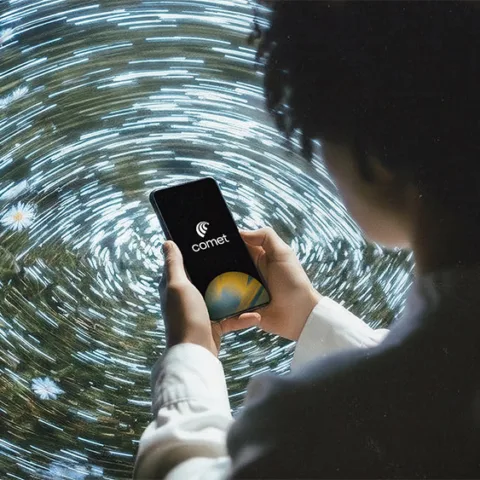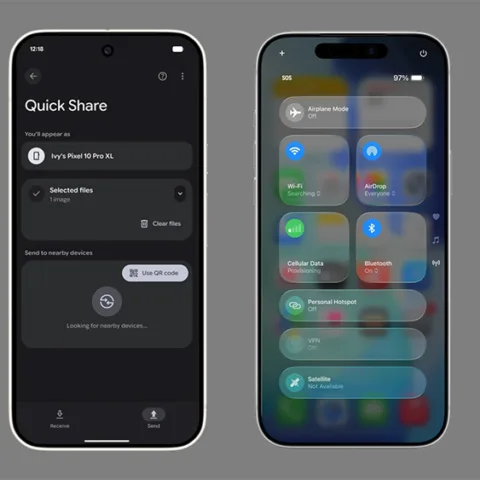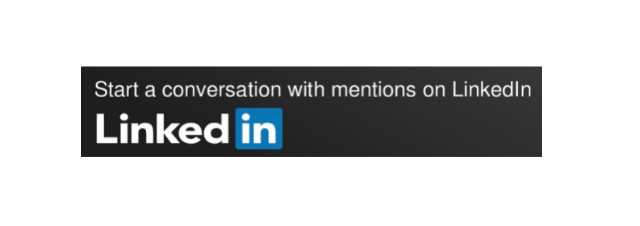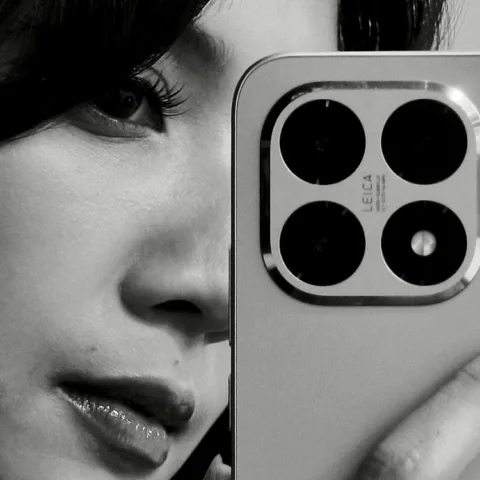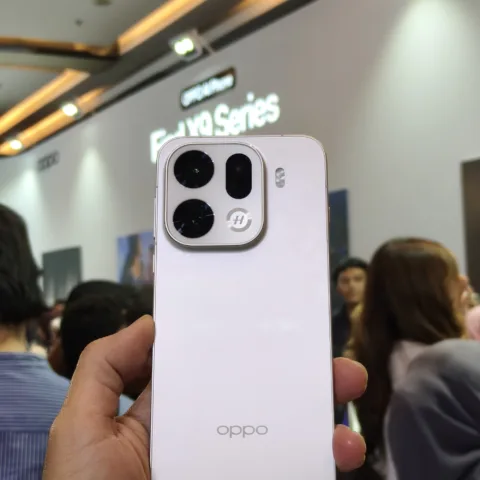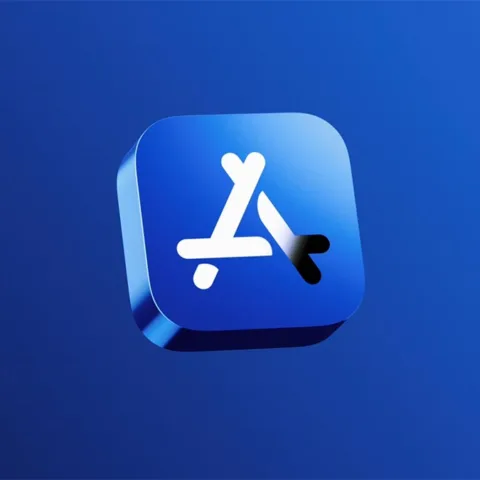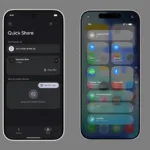Facebook has finally announced the Facebook “phone“. It’s not a phone per se but a launcher, a layer between the operating system of a mobile device and the applications that run on top of it. Home, as Facebook calls it, brings a whole new experience in using a mobile device and Facebook wants to have it installed on as many phones as possible. Home launches on 12 April as an app from Google Play downloadable to a number of Android phones, as well as built in to HTC First, the first phone to run Home natively.
So why doesn’t Facebook just build a phone of its own? Because building a phone is hard. Established mobile phone companies like HTC, Motorola, Sony, and especially Nokia are finding it very difficult to compete in the current market as Samsung is steamrolling the competition in terms of sales numbers whereas Apple is destroying everyone else as far as mobile phone profit goes. Maybe in the future.
For Facebook, having to build its own phone right now is close to being an exercise in futility. CEO Mark Zuckerberg back in September last year said that if Facebook were to build its own phone, it would sell probably 10-20 million units and it “wouldn’t move the needle” since Facebook has over a billion registered accounts.
According to a Facebook-sponsored IDC report released just last March, 79% of US smartphone users check their phones within 15 minutes of waking up, while 62% grab them immediately. Among all the respondents of the survey, only 16% of their time using the phone is actually used to call other people. The majority is spent communicating using text-based medium including email and social media apps.
In sponsoring the IDC report, Facebook is providing justification in not going ahead with an actual Facebook phone and instead co-opting Android to deliver its own vision of the connected world. Facebook wants people to use their mobile devices to connect with other people directly. It wants to shift the focus of mobile devices from apps to people. Zuckerberg said at the announcement last night, “Today our phones are designed around apps, not people. We want to flip that around”.
As the majority of smartphones sold in the world run on Android, all Facebook has to do is make sure all these Android phones, regardless of manufacturers, have Facebook inside them. Not just Facebook apps like Messenger and Camera, but Facebook itself.
Facebook considers Home as a natural step in seizing the mobile market. It is built to deliver a much deeper integration into mobile devices than regular apps can ever be as it essentially takes over the Android operating system and replaces it with its own environment. It morphs Android into Facebook. Of course, it’s still Android, it still runs all Android apps, and it’s still connected to Google Play. It just works and looks differently to the Android that people know. It does so with only two features at the moment, Coverfeed and Chat Heads.
Coverfeed replaces your Android screen with a fullscreen feed of photos and status updates from your Facebook friends so you don’t have to launch an app or even unlock your phone to find out about them. Yes, this means you’ll eventually be seeing Facebook ads right on your phone once it’s been rolled out and maybe even Hay Day invitations, birthday reminders, and app suggestions, all directly on your lock screen.
Chat Heads brings together all the text messages (SMS, email, chat, etc) from your contacts on to the home screen. Chat Heads also show up as a layer on top of apps which lets you respond to incoming messages without leaving the active app and can be easily dismissed if you don’t want to be disturbed.
When it launches on 12 April, Home will only be available for a small number of Android phones; HTC First obviously, HTC One and One X, Samsung Galaxy S III and S4, as well as Galaxy Note II. Eventually it will be available on more Android devices as time passes. Oh and it runs on Android 4.x, so all phones still running Gingerbread or older versions of Android need not apply. As for tablets, Zuckerberg said that the company isn’t yet done with Home for tablets, so it will introduce the tablet version of Home in a few months.
Aside from HTC and Samsung, Sony has also signed on to deliver Home as part of its mobile offering. We’ll find out soon enough if this partnership means their devices will sport a common Home interface or will they maintain their custom Android interfaces. Interestingly, Facebook is staying away from the Nexus devices, maybe only for the time being. Google most likely told Facebook to keep a distance from the default Google phones.
You can stream the full replay of the announcement from Facebook’s page, or catch the 4.5 minute version edited by The Verge.

